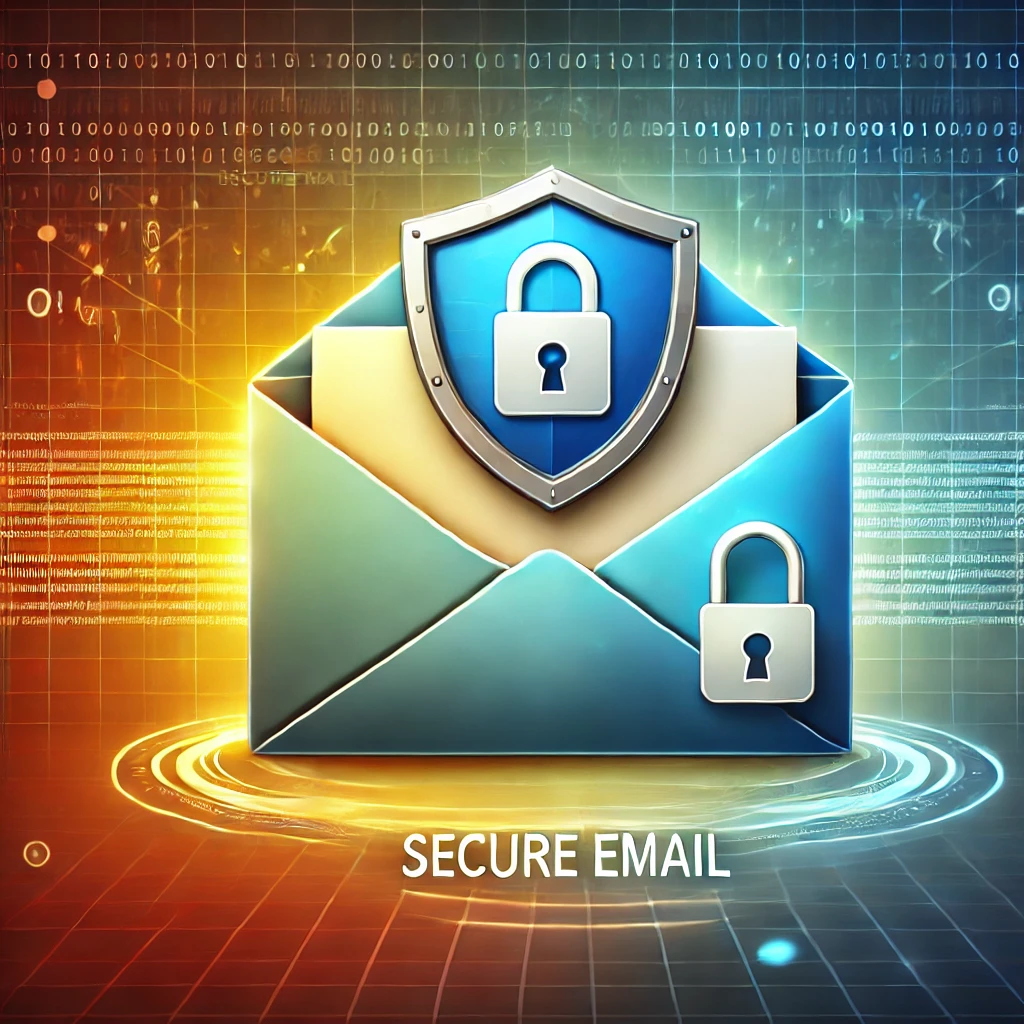In today’s digital world, email is a primary communication tool, both for personal and business use. However, cybercriminals often target email to gain unauthorized access to sensitive information. Protecting your inbox requires a proactive approach. Here are some essential email security best practices to keep your communications safe.
1. Use Strong, Unique Passwords
One of the easiest ways for hackers to gain access to your email account is through weak or reused passwords. Follow these tips for a secure password:
-
Use a mix of uppercase and lowercase letters, numbers, and special characters.
-
Avoid using easily guessed passwords like "123456" or "password."
-
Change your passwords periodically.
-
Consider using a password manager to generate and store complex passwords securely.
2. Enable Multi-Factor Authentication (MFA)
Multi-Factor Authentication (MFA) adds an extra layer of security by requiring a second form of verification, such as a text message code or authentication app approval, in addition to your password. Enabling MFA significantly reduces the risk of unauthorized access.
3. Beware of Phishing Emails
Phishing emails trick users into providing sensitive information or downloading malicious attachments. Watch for these red flags:
-
Unexpected emails requesting personal or financial information.
-
Messages with urgent or threatening language.
-
Links that appear legitimate but redirect to fraudulent sites.
-
Poor grammar and spelling mistakes.
If you suspect a phishing attempt, do not click on any links or download attachments. Instead, report the email to your IT department or email provider.
4. Verify the Sender’s Identity
Cybercriminals often impersonate legitimate organizations or contacts. Always double-check the sender’s email address, especially if the message asks for sensitive information. If in doubt, contact the sender directly through another verified communication channel.
5. Keep Your Email Software and Devices Updated
Outdated software can have security vulnerabilities that hackers exploit. Regularly update your email client, operating system, and antivirus software to patch security flaws and improve protection.
6. Use Email Encryption
For sensitive business or personal communications, email encryption ensures that only authorized recipients can read your messages. Many email services offer built-in encryption features or support third-party encryption tools.
7. Enable Spam Filters
Spam filters help detect and block suspicious emails before they reach your inbox. Make sure your email provider's spam filter is activated and regularly review your spam folder for any false positives.
8. Avoid Public Wi-Fi for Email Access
Public Wi-Fi networks are often unsecured, making them a prime target for cybercriminals. If you must check your email on public Wi-Fi, use a Virtual Private Network (VPN) to encrypt your connection and protect your data.
9. Regularly Backup Your Emails
In case of a cyberattack or accidental deletion, having backups of important emails ensures you don’t lose valuable information. Use cloud-based solutions or external storage devices for regular email backups.
10. Be Cautious with Email Attachments
Malicious attachments can carry malware or ransomware. Before opening any attachment, ensure:
-
It’s from a trusted sender.
-
The file type is expected and safe (avoid .exe, .bat, or .zip files from unknown sources).
-
You scan it with antivirus software before opening.
Stay Secure, Stay Vigilant
Email security is essential in protecting your personal and business information from cyber threats. By following these best practices, you can significantly reduce the risk of cyberattacks and keep your communications safe.
Have more email security tips? Share them in the comments below!
